(Featured Image: Submerged Lohari village houses in Vyasi HEP ‘RoR’ dam reservoir. SANDRP, June 2023)
The 120 Mw Vyasi HEP built by Uttarakhand Jal Vidyut Nigam Ltd (UJVN Ltd.) in Vikas Nagar tehsil of Dehradun is on its way to become the textbook example of how thoughtlessly pushed hydro power projects are proving a nightmare for local people, a costly affair for the state and the nation and a disaster for free-flowing living river.
The project offers some bitter lessons for the policy-makers, experts and society who have been assuming that hydro power is a cheap, green source of energy and the Run of River (RoR) projects don’t dam and cause much harm to the environment, people or rivers.
Past Violations Unpunished
Like the case with most of hydro projects in the Himalayan region; the Vyasi HEP too has missed several deadlines and suffered cost escalation from Rs. 936.23 crores in February 2010 to Rs. 1777.30 crores upto September 2021.
While in the making for over a decade, the contractor companies brazenly violated several environmental norms including those meant for safe disposal of tunnel debris and construction muck. The project also caused large scale illegal mining in the Yamuna to secure construction materials from the same Yamuna river.
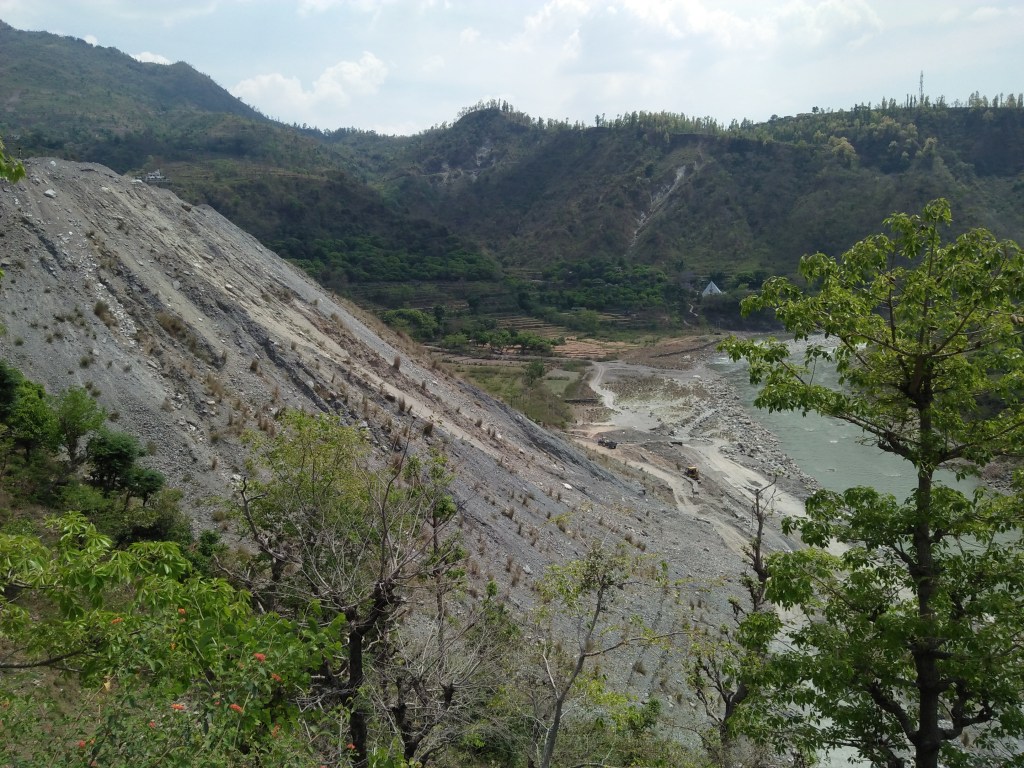
However, in absence of credible monitoring or compliance mechanism, UJVNL have never been held accountable for the irregularities and destruction. There is no information regarding compensatory afforestation against diversion of about 100 hectares of forest land for the project.
Impact on River, People during Filling Up
The project was prematurely inaugurated in December 2021 but actually came into operation in April 2022 without addressing the Rehabilitation & Resettlement (R&R) rights of agitating Lohari villagers. About 72 homes of the tribal village and several acres of fertile lands have been drowned into the Vyasi dam. Continuing their struggle, many of the displaced families have still been taking temporary shelter in a nearby school.
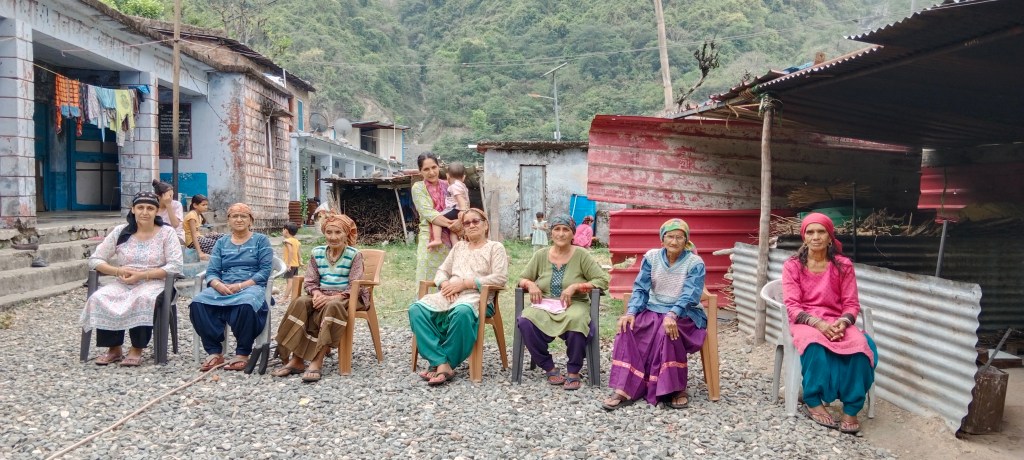
Meanwhile, with the project commissioned, the unrealistic claims made by UJVNL have also been exposed while the adverse impacts on river ecology are still unfolding. It all began with mass annihilation of fresh water species including the endangered Mahseer fish in huge numbers both in the impounded as well as flowless Yamuna river downstream the dam.
The farmers from scores of villages dependent on Katapathar canal suffered lack of irrigation water for about three months as the filling up the giant reservoir decreased water flow into the canal from about average 6 cumecs to 1.5 cumecs only. The situation turned so bad that there were fierce protests forcing UJVNL to attend to farmers’ demand.
Yamuna: Once a Free Flowing now a Dammed River
Today, the 86-meter-high gravity dam with a 13.69 million cubic metre gross storage capacity has confined a free flowing and living Yamuna into a about 4 km long reservoir extending along 73 hectares of river banks. With this precious fresh water eco-system including riverine vegetation has been lost into the stagnant water body. Notably, this stretch of Yamuna has been among few unthreatened habitats of Mahseer fish.

There has been no independent assessment on ecological impact of the project before the construction and no plan to address the same even after its being operational. UJVNL has built a fish tank downstream the dam with a plan to rear the fish there and release them in the river. The tank is serving no purpose currently.
Dam Filled but the Project Lacks Water to Run
Ever since its commissioning, the project has been struggling to generate the power according to its designed capacity of 120 Mw as there is lack of required flow in the river. Except for few weeks in monsoon months, the UJVNL has been able to run the project only to a quarter or at most half its installed capacity.
Even during monsoon season, power generation has been compromised by the amount of silt and flood level in the river. The water flow in the river during winter are usually lower than monsoon and summer.
In the peak summer season of June 2023, the Vyasi HEP is kept operational for just about 10 hours from 01:00 pm to 11:00 pm generating about 45 Mw for about 7 initial hours and 120 Mw for about last 3 hours. The generated power is being sold to the Power Transmission Corporation of Uttarakhand Ltd. (PTCUL) at Rs. 7 per unit. The PTCUL further transmits and distributes the power to the Uttarakhand Power Corporation Limited (UPCL) or national grid according to the demand placed which varies on daily basis.

Clearly, the Vyasi HEP is somehow managing to operate at less than half of its installed capacity even in summer. The main reason behind the gross under performance is outdated, biased assessment reports based on which the project was pushed, these reports grossly underestimated significant decline in overall flows in Yamuna and its tributaries over the years on account of man-made reasons as well as climate change.
Given the ongoing and planned tapping of feeding streams and Yamuna itself for growing potable water and irrigation requirements in the catchment, there is likely to be a further decline in flowing water in the river in future. A case in point is Rs. 144 crore Mussoorie water project which is in final stages and would pump out 12 MLD of Yamuna water some 20 km uphill upstream from the Vyasi HEP site.
A Farce Called E-flows
In the name of environmental flows (e-flows), the UJVNL has been releasing just 5 cumecs of water downstream the river through an inbuilt pipe in dam structure. More than half this e-flow is comprised of the seepages collected inside the dam. The dam gates are opened only for repairing, desiltation purposes or when dam is filled to its capacity.
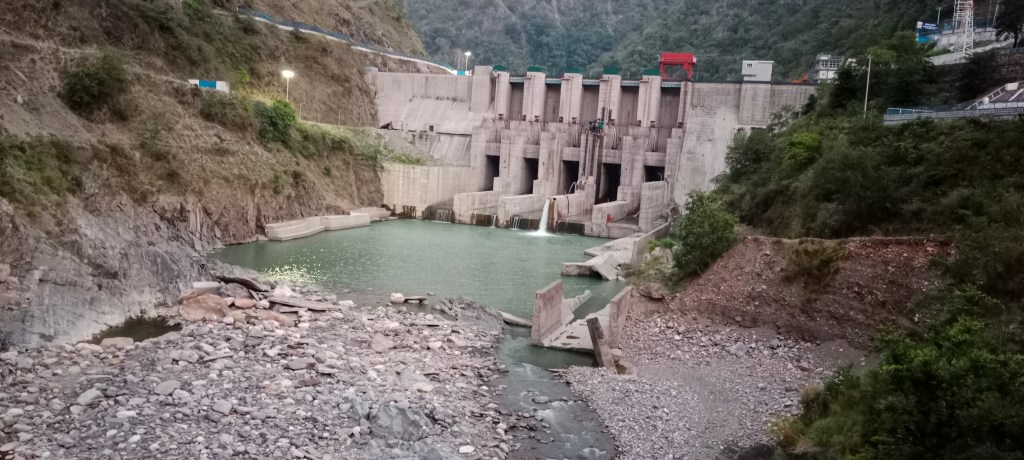
As a result, about 6 km long stretch of the river between dam at Juddo and power station at Hathyari is deprived of essential flows where the aquatic lives struggle to survive in the almost flowless river. This is despite two perennial streams joining the Yamuna between the dam and power station of the project.
As per local people, the situation was even worse in 2022-23 winter months than the current summer season. They said that the mighty Yamuna was reduced to a trickle between project dam and Dakpathar barrage causing frequent deaths of fish and other aquatic lives. The UJVNL and Central Water Commission (CWC) are required to remedy the situation on urgent basis.
Hungry Waters turning River into a Danger Zone
Another serious problem created by the Vyasi HEP is that the project has converted the otherwise safe river banks into a danger zone for local people, tourists and domestic animals. The silt free water known as hungry waters discharged from the power station of the project has been causing sudden fluctuations in the river which is detrimental to the proliferation of the aquatic eco-system.
The project has altered the natural flowing pattern of the Yamuna and greatly increased the eroding capacity of the river which is evident from the fact that the river is dangerously eating into its left bank along the Bausan village, downstream the project.


The average inflows in the river during third week of Jun 2023 have been around 30 cumecs. While the dam has strangulated the river of flows, the power station, when it operates, has been dumping about twice or three time more silt free water than the river would have carried in natural state.

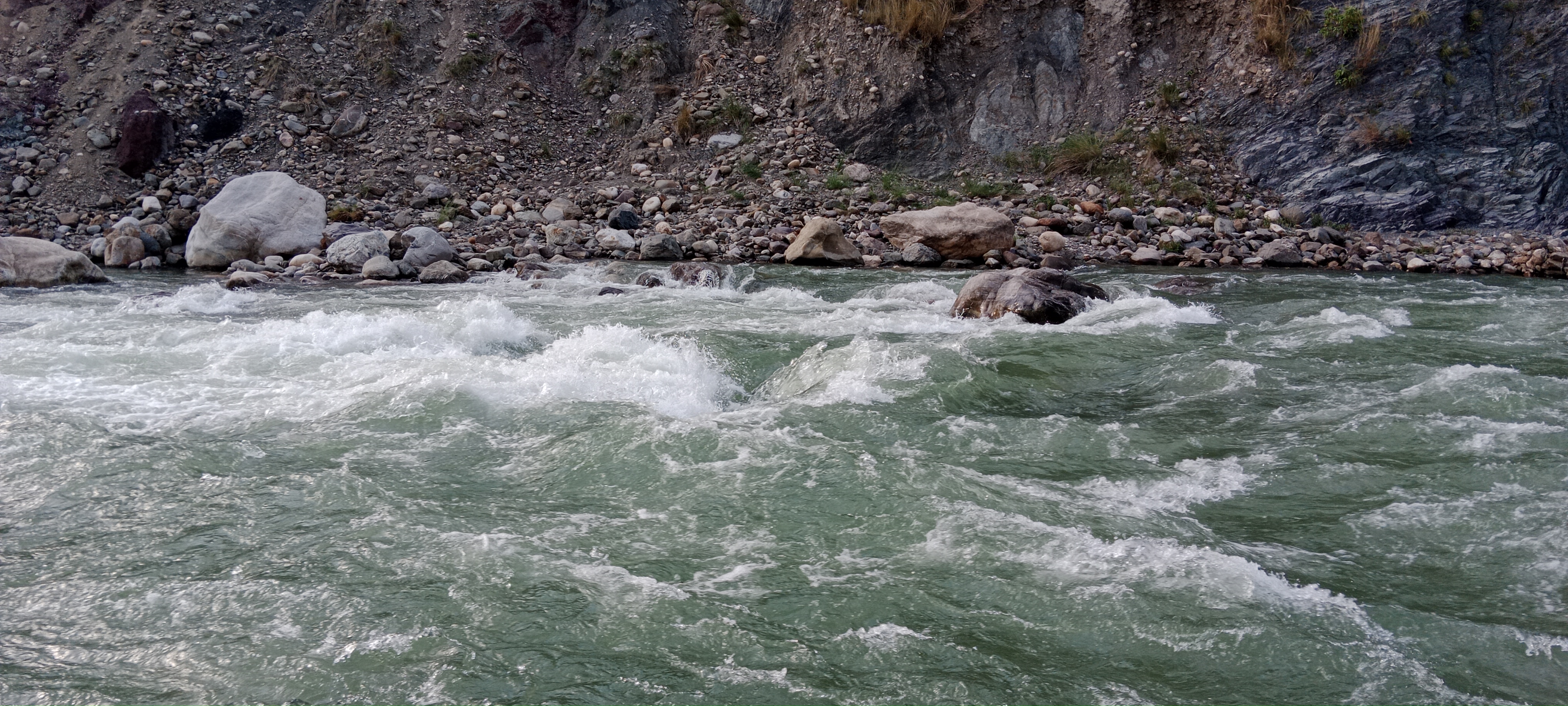
The UJVNL has placed several warning boards, installed sirens at three places and deployed a mobile van plying along the 20 km of the project affected area alerting people to stay away from the river. But these measures appear inadequate to prevent any untoward incident.
The local people have found the deafening noise of the sirens annoying, sometimes blaring out in the dead of night which has been toned down following complaints. The farmers and fishermen have been trying to get accustomed with artificially controlled flows and floods in the river. They have to stay watchful for their wards and cattle whenever the sirens blare out.
Vyasi HEP Disaster Preparedness Lagging Behind
This is so far the tallest and biggest dam on main stem of Yamuna in a geologically and climatically vulnerable region. The project area has been riddled with new and old recurring landslides. Only in August 2021, there have been cloud bursts induced flash floods both at the power station and dam area impacting the project. Despite this. UJVNL has not installed the Early Warning System (EWS).

Hiding Behind Lakhwar Dam
As the adverse impacts and failures of Vyasi HEP have come in open, the UJVNL and contractors’ lobby have started promoting Lakhwar dam as a panacea for all the shortcomings of the Vyasi HEP. Recently the L&T company is learnt to have secured Rs. 3200 crore tenders for civil construction work of the Lakhwar dam project and has started building shelters for workforce there. The work on the dam is reportedly to begin after the south west monsoon 2023.
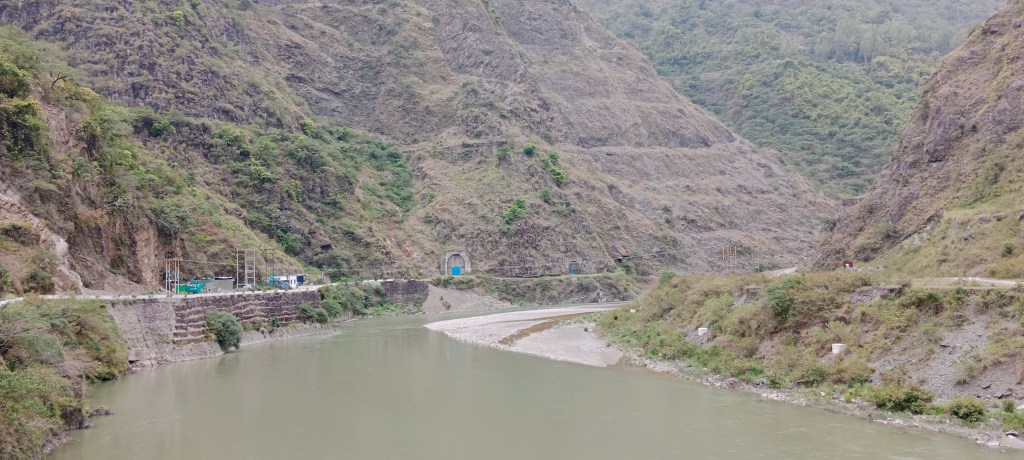
The proposed massive 204-m high Lakhwar dam, if built, will further turn more than 40 km stretch of free-flowing Yamuna into a watery grave apart from submerging over 50 villages. Sadly, in the global era of large dam removal and in the face of growing dam induced disasters in Himalayan region, the Indian government is still investing in such multi-billion giant dam project on the basis of four-decade old questionable feasibility and EIA reports to cover up the follies of Vysai HEP instead of learning lessons from it.
Bhim Singh Rawat (bhim.sandrp@gmail.com)

In the long run, you would find that our successive governments have lied to us regarding the quantity of power generation and the population size that’s benefitted from it. Apart from cost escalation and damages during monsoon and “cloud bursts” there are huge malpractices around these HEPs in Himalayas. All the tribal areas have been infested with HEPs at 10 to 20 km distance from each other. This makes sure that locals living in surrounding areas don’t have enough water for irrigation or drinking purpose. All of these together makes one wonder, is it truly a development model or just short cuts for capitalization of resources depriving marginal communities? That would take us nowhere near developed countries.
LikeLike
Pls see https://www.counterview.net/2023/07/vyasi-hep-dam-reservoir-on-yamuna-turns.html and https://www.counterview.net/2023/07/hydro-project-on-yamuna-bitter-lesson.html
Support Counterview https://www.counterview.net/p/support-us.html
LikeLike